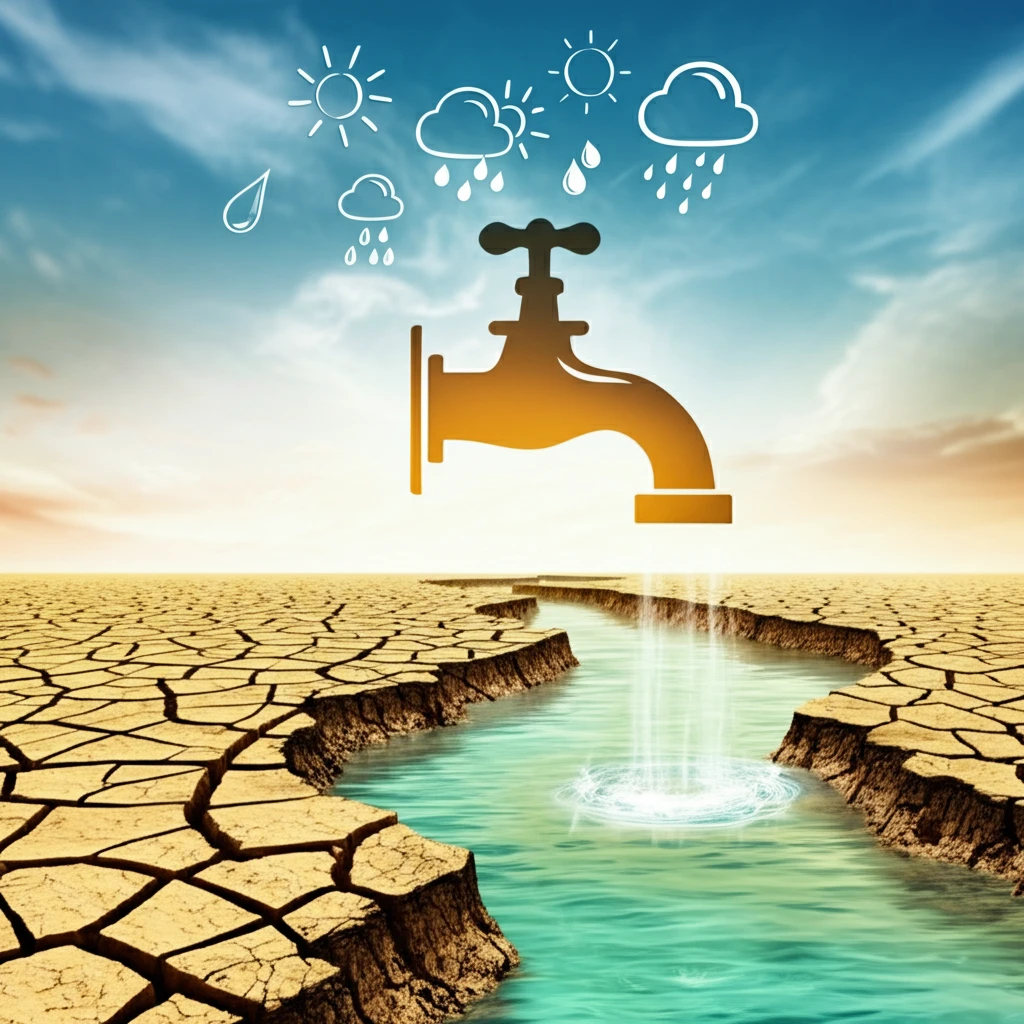
Is Your Area Really in a Drought? The Truth About Weather Patterns and Water Availability
"Understanding the link between meteorological and hydrological drought indices to better assess water resources in your community."
Droughts are a recurring challenge in the United States, significantly impacting communities and natural resources. While many people rely on general drought indicators, understanding the nuances of these measurements is crucial. It ensures that communities can accurately assess their water resources.
Most drought monitoring systems base their findings on meteorological data, primarily precipitation levels. However, droughts have far-reaching consequences that extend to other aspects of the water cycle, like streamflow. Relying solely on precipitation can paint an incomplete picture, as the relationship between rainfall and actual water availability is complex and varies from region to region.
A recent study examines the connection between various drought measurements and streamflow. The study highlights how climate, geographic characteristics, and human activities affect this relationship. By understanding these factors, communities can improve their drought monitoring and implement effective water management strategies.
How Do Meteorological and Hydrological Drought Indices Differ?

Meteorological drought indices typically use precipitation as the primary indicator. The Standardized Precipitation Index (SPI) is a common example. These indices are useful for understanding rainfall deficits, but may not reflect the complete picture of water availability.
- Climate and Catchment Properties: Local climate patterns, soil types, and vegetation affect how precipitation translates into streamflow.
- Human Influences: Dams, reservoirs, and water diversions alter natural flow patterns, complicating the relationship between rainfall and streamflow.
What Does This Mean for Drought Monitoring?
Communities need to consider more than just precipitation when assessing drought conditions. Streamflow data, while valuable, must be interpreted carefully. In areas with significant human modifications to water systems, streamflow may not accurately reflect the natural water supply. Using a combination of different indicators and understanding local factors helps to improve drought preparedness and water resource management.
